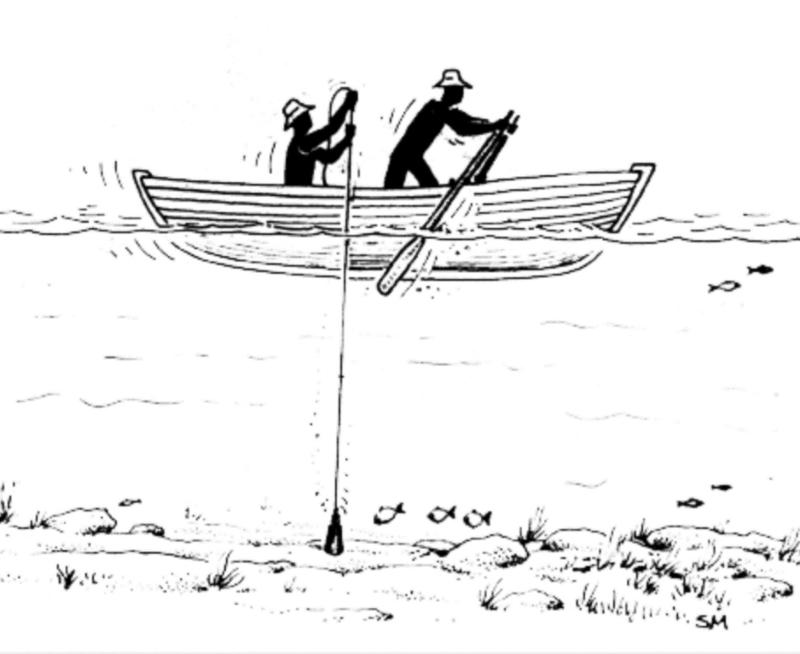Minnesota’s Ignition Interlock Program is Not Accurate Enough to Issue Violations in Many Cases

Ramsay Law Firm is always on the forefront of legal challenges to the types of evidence that most attorneys won’t touch – specifically, breath test results. And we’ve discovered a major flaw in Minnesota’s Ignition Interlock Program that means a lot of drivers may be getting violated without actually having violated the program.
We provided the background for this challenge in our previous blog – and here’s the secret sauce that explains what we’ve discovered. By digging through the calibration documents for Minnesota’s Ignition Interlock Providers, we’ve seen first-hand how poorly calibrated these devices are.
How poorly calibrated, you ask? What on earth does “calibration even mean” you also ask? We’ll explain.
Each ignition interlock device measures alcohol (not just ethyl alcohol – the fun kind – but also methyl alcohol, isopropyl alcohol, and any other similar molecule). But the device comes out of the box as a dumb instrument; it knows what alcohol looks like, but it doesn’t know how much alcohol it is looking at.
Calibration is basically teaching the device what a certain alcohol concentration looks like, so that it knows how to report its results. Without calibrating an ignition interlock device, all it would be good for is saying ‘yes, I see alcohol” or “nope, no alcohol here.”
That might be fine, but Minnesota’s guidelines say that it’s not just any amount of alcohol that results in a violation of the program. No, out of concern for false positive tests (the device reporting methyl alcohol instead of ethyl alcohol, for example) the “legal limit” for the ignition interlock program is 0.02. If a device measures 0.019 of alcohol, it is supposed to let you start the vehicle. If it measures 0.020, it is supposed to lock you out and report you to the government license bureau.
So, back to calibration; these devices need to be taught what certain alcohol concentrations look like, to make sure the device works as advertised. You’d think that they’d just teach the device what 0.02 looks like . . . right? That way it could easily tell you “this sample is below the limit” or “this sample is above the limit” and act accordingly.
Now you, a layperson, know more about these devices than the manufacturers, because they have apparently decided to calibrate their instruments at 0.03, not 0.02. What does that mean?
It means that whenever the device detects alcohol, it is only able to say whether the amount of alcohol measured is above or below 0.03. That’s great if someone blows a 0.035 – the device accurately knows that this result is above the threshold limit of 0.02. But what if the device measures a sample of 0.025? Practically speaking, it’s gonna stop the vehicle from starting and report the driver as being in violation of the program. Scientifically speaking, all the device is saying is that the result is somewhere between 0.001 and 0.03. It’s not actually calibrated to measure anything below 0.03 with specificity.
So, what’s the end result? If a participant in the ignition interlock program “blows dirty” and the machine locks them out, we need to look at the logs and see exactly what the final result was. Because if that result was anywhere between 0.020 and 0.0298 (which happens a lot) that person never should have been violated on the program. In those cases, it’s just as likely that their actual alcohol concentration was less than 0.02 – the device simply isn’t calibrated well enough to tell the difference.
If you’ve been charged with violating Minnesota’s Ignition Interlock Program, this is one of the many ways of successfully beating the violation and keeping the government from extending your time on the program. We only have a six month window to challenge these violations, so if you’re looking at a violation report, call Ramsay Law Firm as soon as possible – we may be able to help!
(and if you're wondering what the deal is with that image of a boat and anchor, stay tuned -- we're puting together a fun video to more easily explain the ins and outs of calibration standards!)

